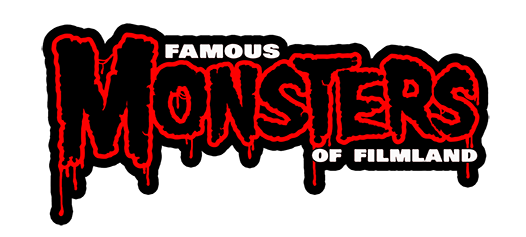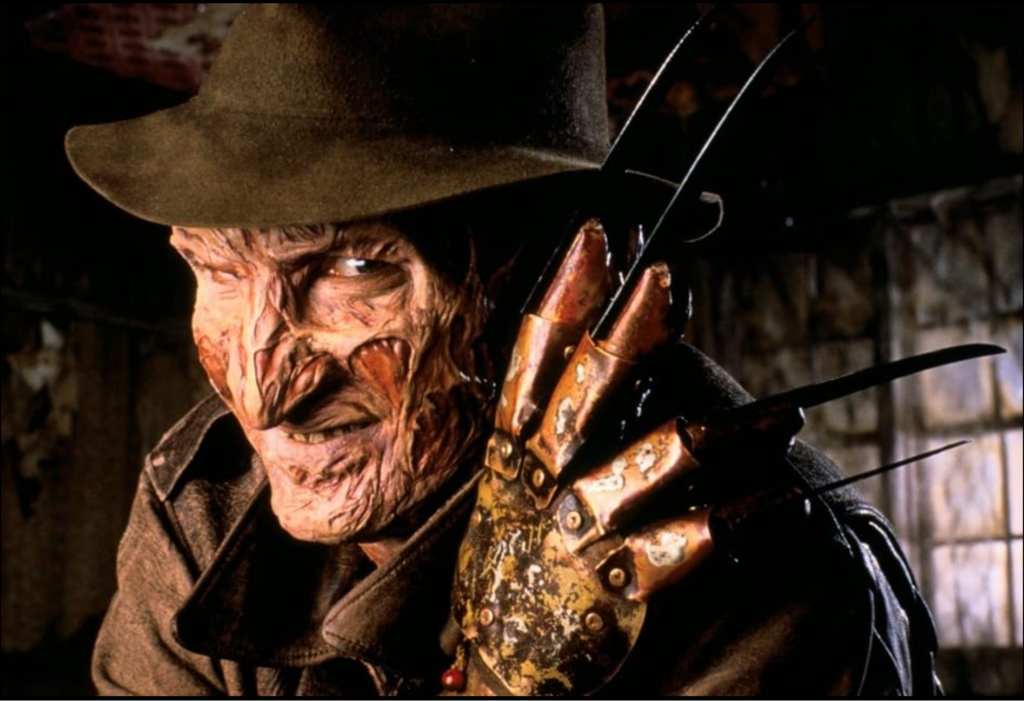The Horrifying Truth Behind the A Nightmare on Elm Street Inspiration: A Shocking Spiral of Mysterious Deaths. Only a select few persons suffered from the illness that served as Krueger’s inspiration.
A Nightmare on Elm Street, directed by Wes Craven in 1984, is widely regarded as one of the best horror films of all time. Freddy Krueger, the monster that murders teenagers in their nightmares, was an invention of his that was gruesome, horrifying, and lifted straight from the headlines.
The seminal horror picture was inspired by a piece written by Craven for the Los Angeles Times. He told about a young refugee from the Cambodian genocide who was too afraid to sleep for fear of being attacked in his dreams and dying before he awoke.
As soon as he nodded off, his parents assumed the situation had stabilized. Craven said, “Then they heard screams in the middle of the night.” They found him after it was too late. Amid his worst nightmare, he passed away.
In the 1980s, scores of Southeast Asian refugees living in the United States perished mysteriously in their sleep, much as Craven had depicted. Public health officials were alarmed by the disproportionate number of deaths among Hmong males in their twenties and thirties who have gone missing.
In most cases, refugees from Laos, a small landlocked country in Southeast Asia, were the ones afflicted with this mysterious illness. After being enlisted by the CIA to combat North Vietnamese troops during the Vietnam War, members of the Hmong minority were persecuted in Laos. In the northern highlands, where the Hmong people lived, they helped the United States combat communism and lost their lives at a rate that was ten times higher than that of American forces.
Many of the victims were young males and teenagers, just like Freddy Krueger’s intended victims in A Nightmare on Elm Street. The L.A. Times printed stories in the late 1970s and early 1980s with headlines like “Mysterious Fatal Malady Striking Hmong Men” and “Night Deaths of Asian Men Unexplained,” both of which could have ignited Wes Craven’s imagination.
A Laotian immigrant and his family escaped persecution in Thailand and emigrated to the United States, as recounted in a 1981 story. Yong Leng Thao, 47, tragically passed away in his sleep with his sobbing wife by his side not long after he had settled in his new country. The story states that he was the 13th Hmong death recorded since 1978 and the fourth Hmong male to die while sleeping in the past nine months.

Medically speaking, there was no clear cause of death, but many locals blamed chemical nerve agents that Vietnam War refugees would have been exposed to. However, medical professionals did not agree with that assessment.
This is not how nerve gas behaves, the county medical examiner, was quoted as saying, “There’s no evidence”. Second, why would it just affect guys and occur at night if it were nerve gas?
A Nightmare Death Syndrome
The term “nightmare death syndrome,” now more often known as “sudden unexplained death syndrome,” emerged as the leading suspect. Additional research revealed that the root cause was Brugada syndrome, which is primarily associated with people of Southeast Asian ancestry.
Nightmares are unrelated to the disorder, and not all people with the illness die suddenly while sleeping. The prevalence of sleep demons in South Asian mythology may have been inspired by the genetic heart rhythm condition Brugada syndrome, which is known to cause sleep-related deaths.
Mutations in the gene SCN5a, which regulates the entry of sodium ions into cardiac cells, are the underlying cause of Brugada syndrome. The regularity of a heartbeat is regulated by an electrical field produced by this influx of ions. When the blood supply is cut off, cardiac fibrillation occurs.
ECG patterns are now used to diagnose the disease, and electrical implants are used to treat severe cases.
The term “placebo effect” has been bandied about by many. A patient’s strong belief in a bogus medical therapy may cause it to alleviate his symptoms in the same way that the real thing would. However, It’s been noted that this has a flip side. The so-called nocebo effect refers to what happens when people convince themselves they are sick when they aren’t. hypothesizes that some Hmong males, fearing the wrath of angry ancestors, may have effectively thought themselves to death.
It would be fantastic news for the real-life Freddy Krueger if this form of death were possible. We can rest certain that those of us who consider Freddy to be a fictional character are safe from SUNDS. But what if you had a close friend whose heart stopped during a Freddy Krueger nightmare? Or a person who murdered a loved one in a dream while battling Freddy? How long do you think it would take before you started to feel afraid of Freddy’s influence?
Look no further than suicide clusters or mass hysteria like the Salem witch trials to see that psychological disturbances can be just as contagious as physical disease. Like in the “A Nightmare on Elm Street” films, Freddy’s influence grew as more people came to believe in him.



